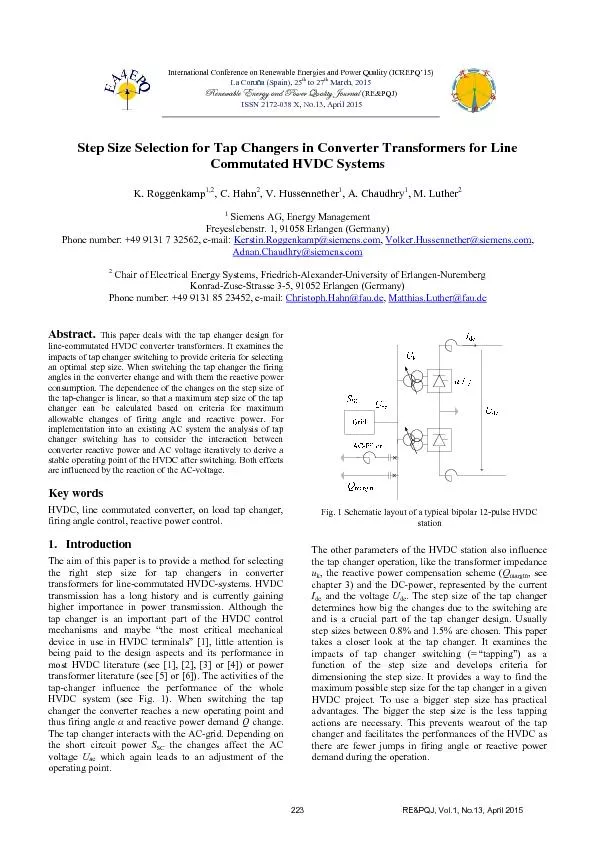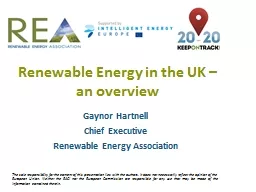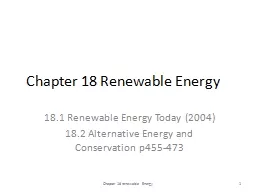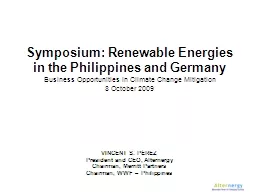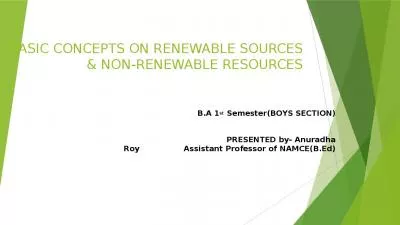PDF-International Conference on Renewable Energies and Power Quality (ICRE
Author : phoebe-click | Published Date : 2016-10-28
Step Size Selection for Tap Changers in Converter TransfK Roggenkamp12 A Chaudhry M Luther Siemens AG Energy Management Freyeslebenstr 1 91058 Erlangen Germany AdnanChaudhrysiemenscom
Presentation Embed Code
Download Presentation
Download Presentation The PPT/PDF document "International Conference on Renewable En..." is the property of its rightful owner. Permission is granted to download and print the materials on this website for personal, non-commercial use only, and to display it on your personal computer provided you do not modify the materials and that you retain all copyright notices contained in the materials. By downloading content from our website, you accept the terms of this agreement.
International Conference on Renewable Energies and Power Quality (ICRE: Transcript
Download Rules Of Document
"International Conference on Renewable Energies and Power Quality (ICRE"The content belongs to its owner. You may download and print it for personal use, without modification, and keep all copyright notices. By downloading, you agree to these terms.
Related Documents

